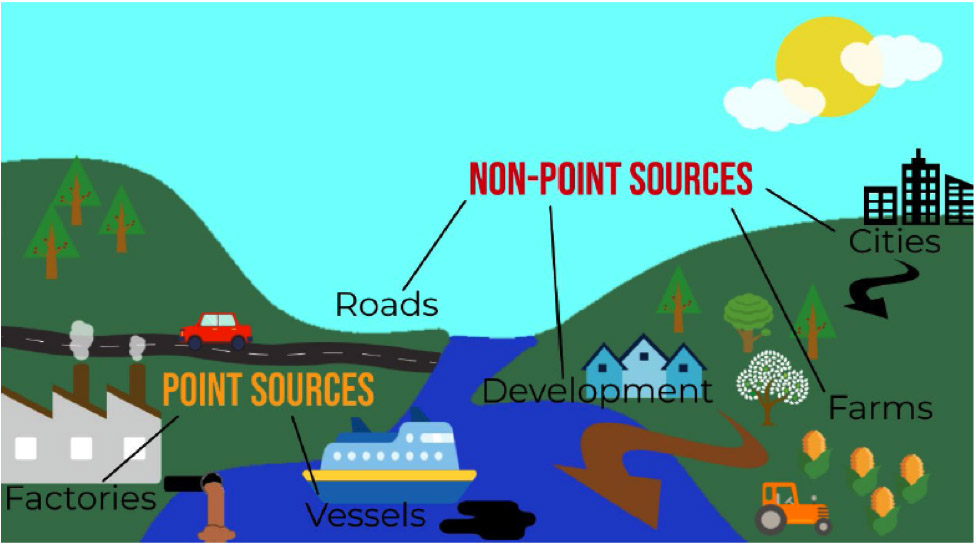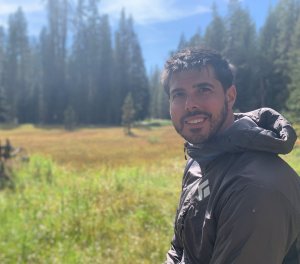
SPONSOR:
Hawai‘i State Department of Health, Wastewater Branch/ State of Hawaii Cesspool Conversion Working Group
PROJECT PERIOD:
07/01/2019 – 01/14/2023
PROJECT PIs:
Michael Mezzacapo and Darren Lerner
ABSTRACT:
Cesspools are widely used as a sewage disposal method across the Hawaiian Islands. However, cesspools lack adequate treatment of waste that protects the environment from dangerous pathogens and nutrients. Each day, approximately 88,000 cesspools across Hawai‘i release nearly 55 MGD of sewage into the ground that may contaminate the groundwater. This study assembled a comprehensive list and analysis of research studies pertaining to the status of wastewater pollution—with an emphasis on cesspools—and associated impacts on water resources, nearshore ecosystems, and human health. Many of the studies discussed provided scientific evidence to support the creation of a long-range statewide cesspool conversion plan. Knowledge gaps in areas such as hydraulic/hydrologic modeling and technological methods were identified along with additional limitations in identifying and tracking specific wastewater sources. Resource management presents many challenges, including the recognition of diverse societal views and values. To overcome discrepancies in available data and societal values, the use of transparent, adaptable framework methods such as “structured decision making” offers one approach to problem solving. These methods are consistent with a holistic management approach to onsite wastewater management that incorporates the natural and social sciences to identify and address barriers as a method to reduce negative impacts.
Project Publication:
Mezzacapo, M., M. Donohue, C. Smith, A.I. El-Kadi, K. Falinski, and D. Lerner. 2020. Review Article: Hawai‘i’s cesspool problem: Review and recommendations for water resources and human health. Journal of Contemporary Water Research and Education 170:35–75, https://ucowr.org/wp-content/uploads/2020/11/Issue-170.pdf
Url to project page:
https://health.hawaii.gov/wastewater/files/2020/04/Identifying_Potential_Knowledge_Gaps.pdf
Completed March 2020.
PRINCIPAL INVESTIGATOR
